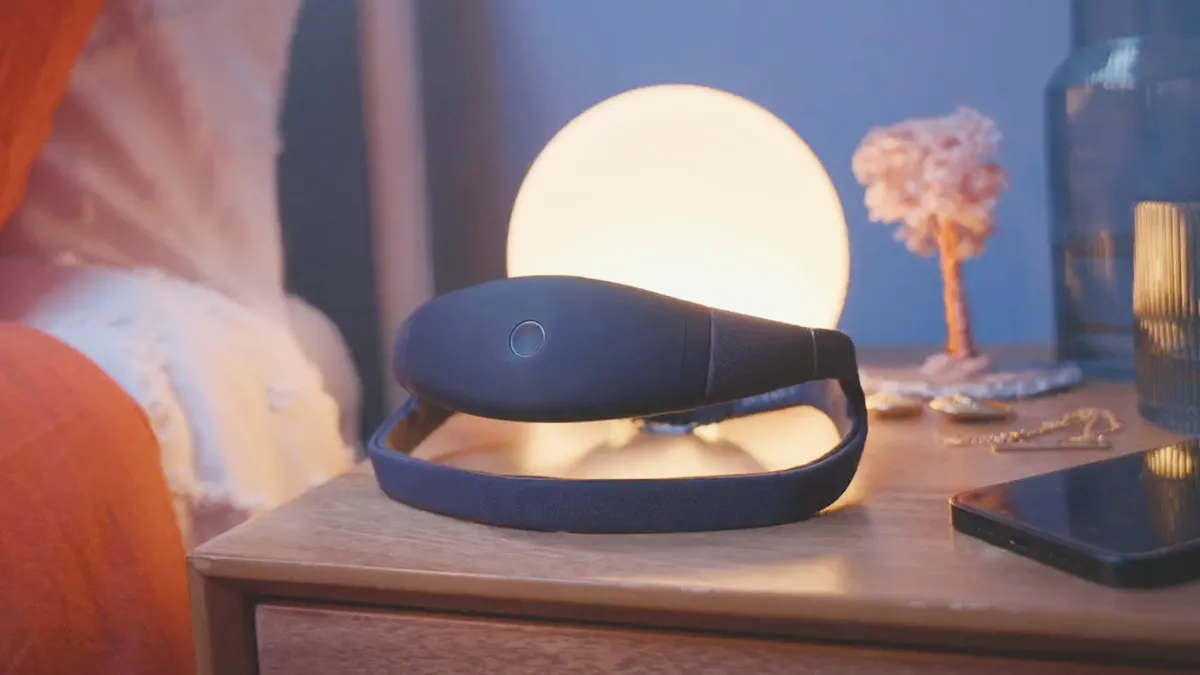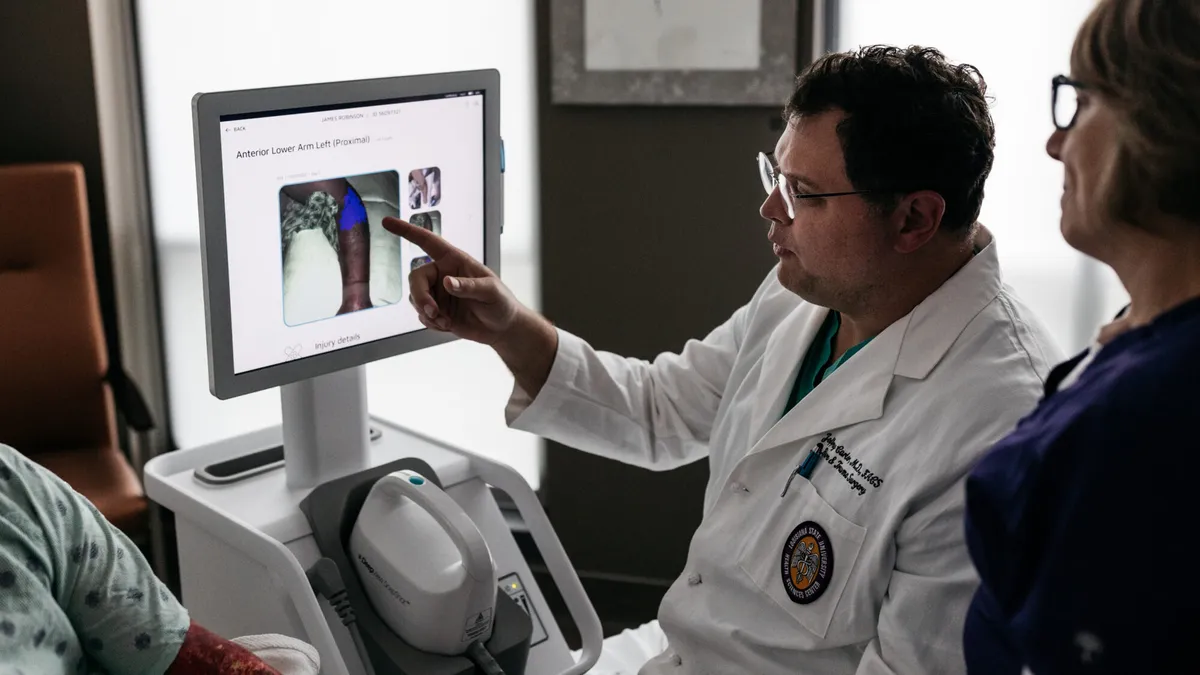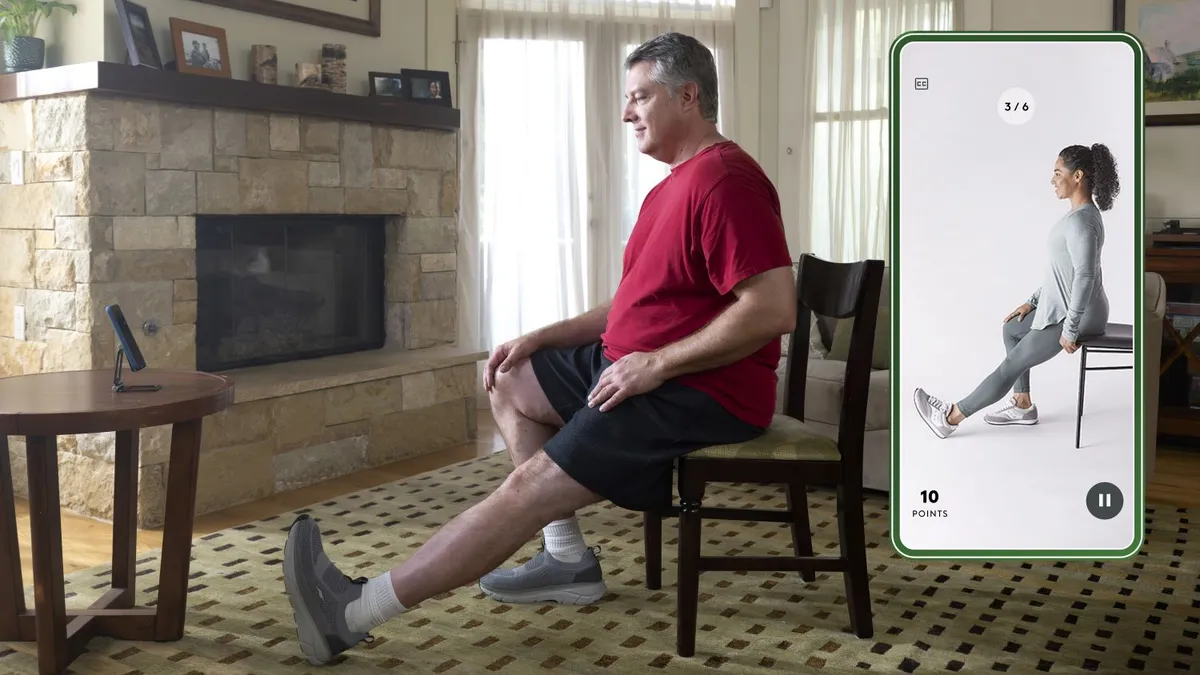Medicare's final rules under the Quality Payment Program and for physician payment will have some notable implications for health IT.
Digging through the nearly 3,000-page QPP rule, the MIPS track could spur innovation in the wearables space, for example. At the same time, some worry that the large amount of exemptions, which were finalized in the rule, could deter such advancement.
The physician fee schedule final rule, which estimates a slight increase in payment rates next year, added a number of telehealth services. That could help providers as they seek to modernize their practices and expand telehealth options for patients.
Here are some other highlights:
Unbundled benefits
In the physician fee schedule final rule, for example, CMS added telemedicine reimbursement codes for consultations on chronic care management, lung cancer screening using low-dose computed tomography, interactive complexity, psychotherapy crises and health risk assessment. The new rule brings the total number of Medicare covered codes for telehealth to 96.
Gary Capistrant, chief policy officer at the American Telemedicine Association, says the new codes are a sign that Medicare is catching up with the rest of the world. “Most payers don’t restrict coverage by code, so the extent to which Medicare adds more codes, they effectively move toward that same model.”
Remote patient monitoring (RPM) was also a key beneficiary. CMS unbundled a code for RPM, allowing physicians to seek reimbursement for collecting and interpreting health data that is generated remotely by patients, digitally stored and sent to providers, with a minimum of 30 minutes.
“This is a huge win and a big step forward for Medicare’s ability to deal with chronic conditions,” Capistrant says. Medicare covered a code for chronic care several years ago, but didn't cover remote monitoring; the result was very limited uptake.
This makes it more attractive, and once Medicare, as the nation’s largest payer, has some good models in play, it will be easier for Medicaid to move forward on remote monitoring of chronic conditions as well, he adds.
A "missed opportunity"
Less welcome is CMS’ decision not to cover technology-enabled prevention under the Diabetes Prevention Program (DPP).
It's a “missed opportunity” for the PFS to improve diabetes prevention among Medicare recipients, Adam Brickman, senior director of strategic communications and public policy at Omada Health, said.
“CMS had an opportunity to allow CDC-recognized virtual providers to provide diabetes prevention services in an outcomes-focused reimbursement framework that would alleviate concerns about over-utilization and reward providers — in person or virtual — that delivered the best results,” says Brickman. “Even if CMS was hesitant to allow virtual providers to operate in the fee-for-service system, they could have encouraged digital adoption in Medicare Advantage.”
While Medicare Advantage plans may include virtual DPP as a supplemental benefit, by excluding virtual providers the rule limits access to beneficiaries who don’t have ready access to services in their communities, he adds.
Capistrant agrees. “It’s an example of traditionally how Medicare has approached telehealth, and it’s a good example of why this full coverage of remote monitoring is so out of character, but very welcome,” he says.
QPP offers mixed bag for digital health
Turning to the Quality Payment Program final rule, CMS has been talking about reducing the clinician burden and the final rule goes to lengths to emphasize it is attempting to do that. The rule creates additional bonus points for clinicians who use health IT, including the use of 2015 edition certified EHR technology, for example.
The rule also significantly increases CMS' estimate for participation in the advanced Alternative Payment Model track — from a high of 120,000 eligible clinicians in 2017 to 185,000 to 250,000 in 2018.
That’s encouraging news, says Jeff Coughlin, senior director of federal and state affairs at HIMSS, who believes digital health companies would be more motivated to learn about opportunities around value-based care delivery if more people were participating in the advanced APM track.
The rule promotes the use of patient-generated data from consumer wearables by including it in the “improvement activity” formula for the Merit-Based Incentive Payments System track. That’s a plus for companies like Fitbit or AliveCor with products that measure and transmit users’ heart rate and blood pressure.
Nate Brown, senior manager for product marketing at Flatiron Health, says while changes in the 2018 rules are helpful, barriers to full adoption of digital health remain — such as the telehealth modifier exclusionary criteria in the quality measure technical specifications.
“Digital health and telehealth are mechanisms by which physicians can make care more accessible and affordable, which will become increasingly important as MACRA puts every provider on a value-based track,” he said in an email. “These changes will incrementally increase demand for seamless data exchange between telehealth systems and adoption could be accelerated by a focus not just on interoperability, but usability.”
In addition, the relaxed exemption criteria for QPP reduces the opportunity for significant gain from use of digital health, Brown notes.
“That said, the emphasis on outcome measures over process measures and confirmation of the introduction of cost at 10% of the program weight in the 2018 period seems to be the beginnings of a program that has the potential to emphasize quality improvement and cost decrease,” he adds.
Families physicians skeptical
Still, the American Academy of Family Physicians (AAFP) doesnt expect either of the rules to have a dramatic impact on telehealth adoption and use among primary care providers.
“The addition of these services to the Medicare telehealth list does present an opportunity to expand the covered services family physicians offer, but it wouldn’t be a major expansion,” AAFP President Dr. Michael Munger, told Healthcare Dive via email. Providers still have to contend with the originating site requirement and, with a few exceptions, the inability to use asynchronous technology to store and forward data between a patient and doctor.
On the QPP side, APMs have the potential to speed telehealth adoption, but “it’s unlikely the Merit-based Incentive Payment System will drive much adoption,” Munger adds.
The FCC on Thursday voted to repeal net neutrality. How this will and could affect digital health and telemedicine — both of which require a strong access to the internet — will add to providers consideration if and when adopting modern tools and processes.




















